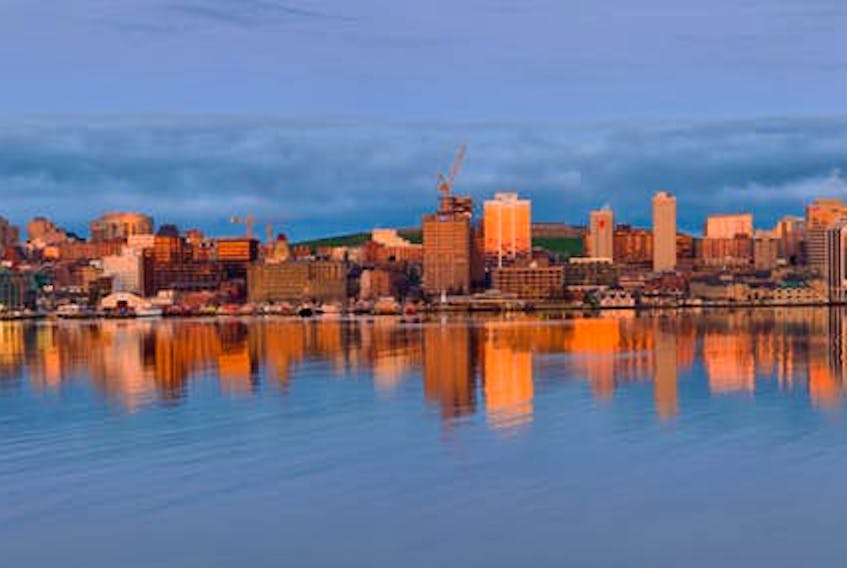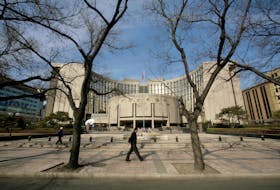In Canada’s office market, Toronto and Vancouver are clearly the national leaders with their torrid demand, low vacancy and substantial new construction. Montreal and Ottawa, while less frothy, are performing well, and Calgary and Edmonton remain sluggish, to say the least.
But let’s not forget the significance of Canada’s medium-sized cities.
The office inventories of Halifax, Regina, Saskatoon, Victoria, Waterloo and Winnipeg total 61.5 million square feet of space. That’s nearly the same size as Metro Vancouver’s office market and much larger than Edmonton’s and Ottawa’s, according to data provided to Postmedia by Colliers International .
“These (smaller) markets don’t hinge quite as dramatically (as the large markets) on the absolute need to have low, low vacancy,” said Craig Hennigar, Colliers’ director of market intelligence in Vancouver. “They still have pretty decent asking rents, anywhere from $13 at the low end in Waterloo, to Victoria, which is pushing $27 net downtown for class-A space.”
These are the kind of markets where six to eight per cent vacancy would be considered balanced, he said. That would suggest that there is room for much more demand in several of these markets in which consolidation by government and financial sector tenants has tamped down demand.
But when it comes to Canada’s smaller cities (or markets with fewer than a million residents), which ones are the healthiest, and why? Here are six notable middle-sized office markets ranked from weakest to strongest.
6. Waterloo
The city continues to feel the effects of vacancy left in the wake of Research in Motion’s demise and its eventual transformation into BlackBerry, now a niche phone software company.
Waterloo’s vacancy has been declining moderately and now sits at 14.9 per cent. “Their suburban vacancy has declined quite a bit, and that’s been a theme in Winnipeg as well,” Hennigar said. “The suburban markets are doing better.”
The city has a total of 12.9 million square feet of office space with no new office buildings currently under construction.
5. Halifax
Halifax’s office market is best described as stable, Hennigar said.
The city has a vacancy rate of 13.9 per cent, which down from 15.4 per cent in the previous quarter. The market boasts a total of 12.7 million square feet of offices with just 170,000 sq. ft. of new space under construction.
4. Saskatoon and 3. Regina
Saskatoon’s vacancy has crept up to 13.9 per cent from 11.3 per cent in the previous quarter. Regina’s vacancy rate remains unchanged in recent quarters at 11.3 per cent.
Sluggish hard and soft commodity values continue to present similar challenges in Saskatchewan that Alberta has been facing in recent years, Hennigar said.
“(Saskatchewan’s) markets are more or less flat,” he said. “But we have been seeing uptick in more suburban absorption in some of these markets,” he said.
Regina has a total inventory of 5.2 million square feet and no new office space under construction at the moment, while Saskatoon’s market is slightly larger at 5.4 million square feet with 133,000 square feet of new space being built now.
2. Winnipeg
Greater Winnipeg is the largest office inventory of Canada’s medium-sized cities, with just over 16.4 million square feet.
The city’s vacancy rate is 11.3 per cent, virtually unchanged from the previous quarter, and it has 103,000 square feet of new office space being built now.
However, a new 17-storey office and retail tower at True North Square opened in summer 2018. “That introduced a lot of new space and… as it gets leased up, it’s going to be leaving behind vacancy in other aged properties,” Hennigar said.
1. Victoria
While Victoria has been feeling some of the government tenancy consolidation, it continues to outperform other Canadian cities of its size, Hennigar said.
“Victoria has a fair amount of development (and) a fair amount of tech (tenant) opportunities,” he said.
Victoria’s total inventory is 8.7 million square feet. It has a vacancy rate of 6.2 per cent — the lowest on this list by far — and just over 230,000 square feet of new office space under construction, making it one of the strongest of the country’s medium-sized markets.
[email protected]
twitter.com/EvanBDuggan
Copyright Postmedia Network Inc., 2019









